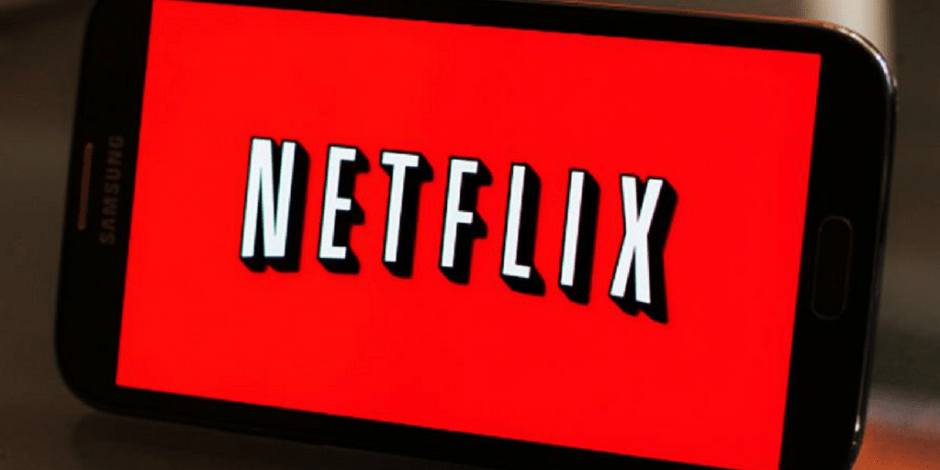By Andrew Waber
Collaboration between brand and trade marketing teams is critical for long-term success, says contributor Andrew Waber. Here’s how to make this tactical and strategic alignment a reality.
There seems to be a massive shift in the way successful brands allocate dollars and other resources to their online marketing efforts.
For example, in 2017, coworkers and I analyzed some advertising activity from P&G showing that hundreds of millions of dollars of its online ad budget had moved to trusted e-commerce channels rather than on sites and approaches typically used for brand marketing.

According to P&G Chief Brand Officer Marc Pritchard and The Wall Street Journal:
The ad dollars were pulled back from a long list of digital channels but also included reducing spending with “several big digital players” by 20% to 50% last year (2017).
These are significant changes. Driving purchases through online media is increasingly reliant on retailer sites.
This transition in the overall market landscape necessitates a change in how companies fundamentally organize their marketing. Doing well on Amazon and other online retailers today requires brand and trade teams to work closely together in order to drive long-term success.
Misalignments
At a high level, brands simply can’t afford misalignment between the information on the product page and the brand promotion (done on sites such as Facebook) that lead customers to that page.
Ten years of Google conversion optimization proves that words in ads must match words in titles as closely as possible, or the ads may suffer high bounce rates. Consumers will notice the shift in vocabulary and abandon the landing page, driving down conversion rates.

Amazon Marketing Service (AMS) placements need to be associated with popular terms and be relevant to consumers. With consumers increasingly using sites like Amazon for research purposes, on-site promotions impact other sales channels, as well.
Market mix models have shown that AMS spend — which is often allocated to trade teams to handle — drove in-store sales in non-Amazon locations like CVS. If you’re a brand marketer, this means you should consider reallocating dollars from TV ads and treat budgets for promotions like AMS as brand dollars in today’s environment.
We’ve seen some larger companies already utilizing this fluid idea of what constitutes brand and trade dollars in relation to AMS and similar ad products.
There also needs to be alignment between the trade and brand marketing teams when it comes to promotions outside of Amazon’s universe. For example, if you launch an ad campaign on Facebook that drives traffic to an Amazon product detail page but that product happens to be out of stock when the Facebook ad campaign is running, then your product is punished by the A9 search algorithm which takes into account “page views when out of stock” in its ranking criteria.
If you get traffic when you’re out of stock, then your Amazon search rankings could suffer for months. In short, you are spending money on a campaign to drive traffic to an Amazon product detail page, and actively doing your brand harm in the process!
In traditional brand marketing, local in-stock rates typically don’t directly impact the larger strategy. The trade team might have to worry about this when campaigns are run in-store, but the brand side of the house never has to. On Amazon, and increasingly on more retail websites, you really have to care. The two work in concert.
Trade teams are in the business of identifying what sets of products are worth promoting or offering at one store versus another based on customer profile, (on Amazon and other online retailers). These decisions are executed primarily via the product page.
Algorithms are powerful
The algorithm, which bases decision-making on factors like relevancy and product page robustness, holds all the power here and isn’t like a chain store buyer you can “wine and dine” to improve shelf placement. Instead, brands need to address customer segments via the product title, imagery, keywords and so on.
Additionally, the fluid nature of these online retail sites necessitates continual adjustments to meet consumer needs on a near-daily basis, rather than monthly or quarterly. This can be done by direct data connections or measuring each channel with third-party analytics. Trade teams are best served by helping guide the brand marketing teams when and where these changes need to be made.
Speed to market is both hard to execute and increasingly important if you want to outflank competitors in today’s marketplace. Collaboration between brand and trade marketing teams is more critical than ever; they need to make this tactical and strategic alignment a reality in order to maintain success over the long term.














